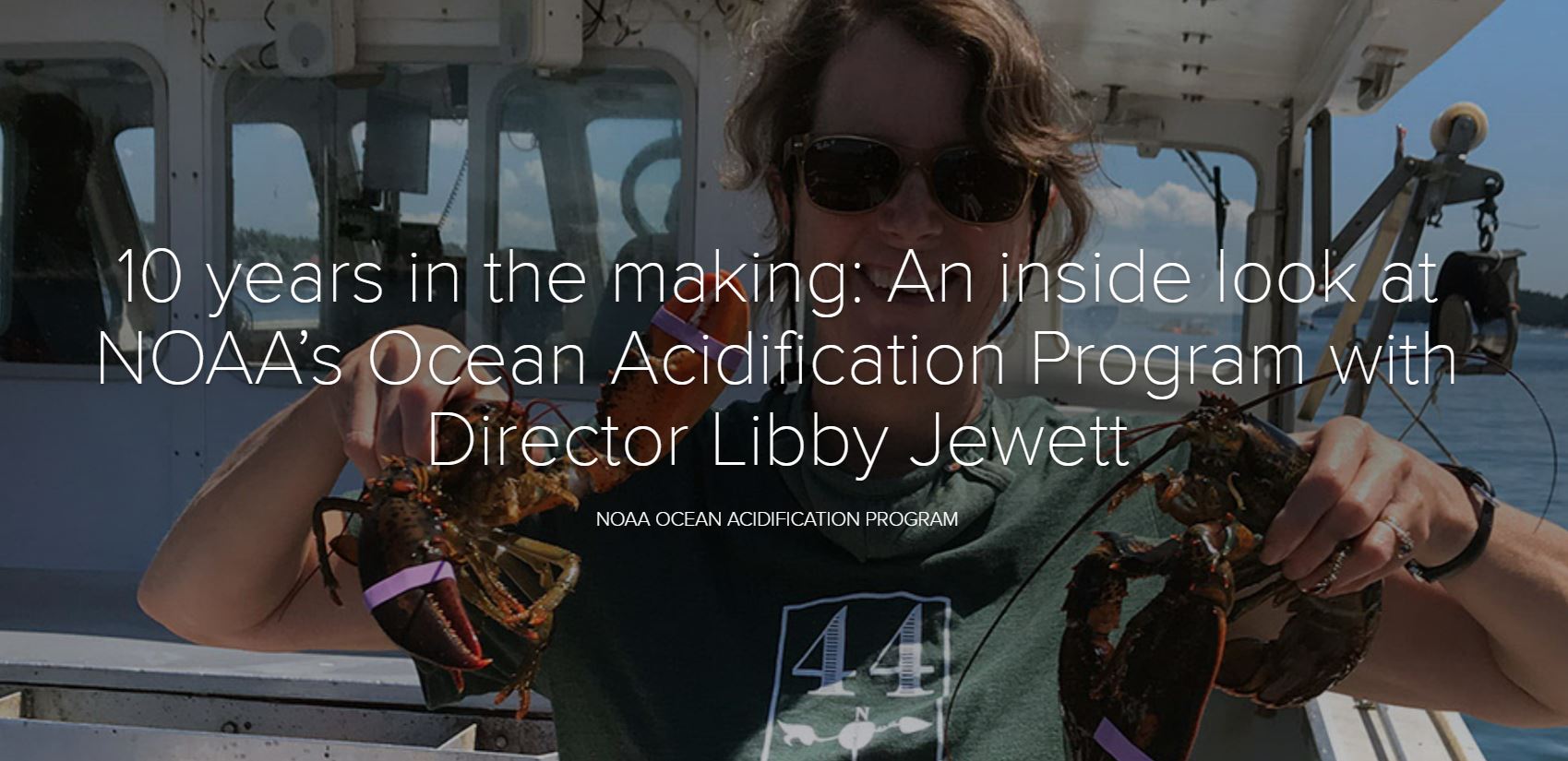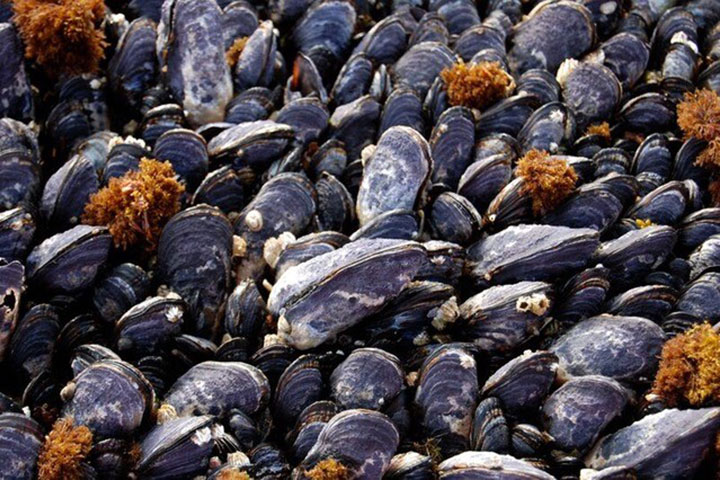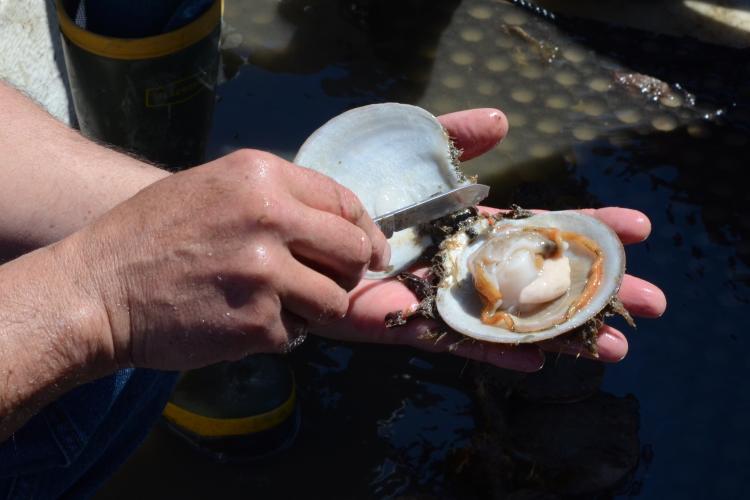
10 years in the making: An inside look at NOAA’s Ocean Acidification Program with Director Libby Jewett
Libby Jewett, Ph.D., Director of the NOAA Ocean Acidification Program, provides insight into ocean acidification. Jewett highlights how she became involved in ocean acidification work, how NOAA’s Ocean Acidification Program (OAP) started, and how we all can personally contribute to combatting this threat to our ocean.





